K BRIGHTENMENT IN PUBLIC TEACHER RECRUITMENT SOURCES
For many previous school years, each year, Ho Chi Minh City needs to recruit an average of 5,000 more teachers for all levels from preschool to high school, but the number of teachers recruited is only about 50% of the demand, and there are even subjects with no candidates. In reports on the recruitment of civil servants, the Ho Chi Minh City Department of Education and Training acknowledged that Ho Chi Minh City is having difficulty recruiting teachers for each level. Specifically, primary schools have difficulty recruiting teachers for music , fine arts, English, computer science, and physical education; middle schools have difficulty recruiting teachers for music, fine arts, English, computer science, and technology; high schools have difficulty recruiting teachers for music, fine arts, and technology.
In the recruitment period for the 2025-2026 school year that just took place, according to statistics from the Department of Education and Training of Ho Chi Minh City, 3,909 teachers have been recruited, accounting for about 68% of the total target of 5,696.
In particular, in area 1 (old Ho Chi Minh City), primary school has recruited 337 teachers; secondary school has recruited 121 English teachers, 99 natural science teachers, 45 physical education teachers; high school has recruited 33 English, physics, chemistry, biology teachers...
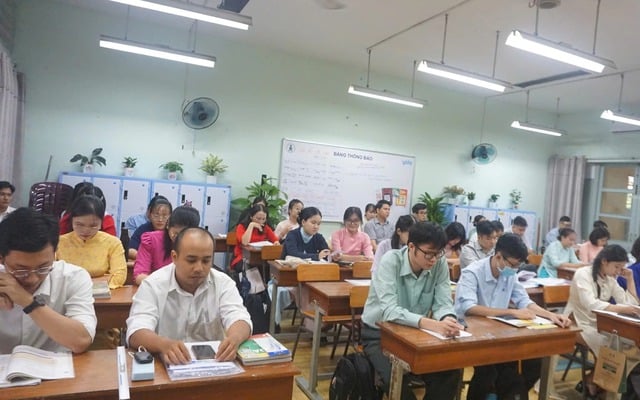
Candidates participating in the teacher recruitment exam for the 2025-2026 school year organized by the Ho Chi Minh City Department of Education and Training at the end of September
PHOTO: BAO CHAU
In region 2 (formerly Binh Duong ) and region 3 (formerly Ba Ria-Vung Tau), there are still not enough teachers for preschool, primary school, primary English, physical education, history, geography, natural science, etc.
Commenting on this year's teacher recruitment exam, Ms. Tran Thi Ngoc Chau, Deputy Director of the Department of Education and Training of Ho Chi Minh City, said that although some subjects such as music, fine arts, and technology are still difficult to recruit due to the low number of candidates registering compared to the demand, some teacher positions such as preschool, information technology, and English have improved this year when the number of qualified candidates exceeds the demand. This helps the education sector select the most qualified teachers for each position.
IN PRIVATE SCHOOLS, NEARLY 40% OF TEACHERS TRANSFER TO PUBLIC SCHOOLS
This year, as soon as the Ho Chi Minh City Department of Education and Training announced the results of teacher recruitment, many experts and educational consultants for the non-public school system predicted: Tomorrow will be a difficult day for many private schools from kindergarten to high school in Ho Chi Minh City when many teachers will officially submit their resignations to transfer to public schools.
Mr. Pham Phuc Thinh, who used to manage a number of private school systems in Ho Chi Minh City, said that since the 2021-2022 school year when the Education and Training sector organized civil service exams, there has been a shift of private school teachers to public schools. Especially after the Covid-19 pandemic, in the past 2 years, this shift has become stronger.
Based on practical experience, this expert said that depending on the environment, teachers in small private schools move around more than in large schools.
Typically, this school year, monitoring statistics on teacher recruitment shows that in some educational institutions, teachers have moved nearly 40%. Normally, private schools organize recruitment from March and April every year to conduct training in July to prepare for the new school year, but this year, many schools are still recruiting teachers until October. That reflects a large number of teachers leaving private schools for public schools.
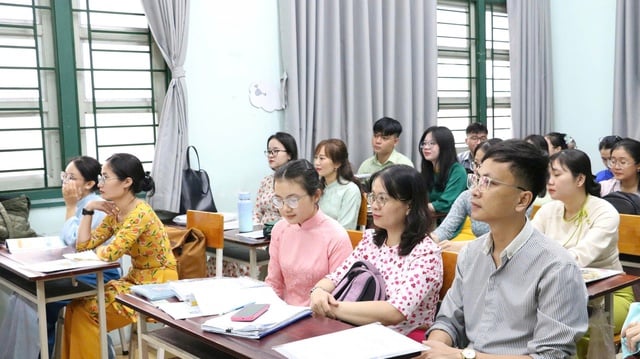
According to statistics from the Department of Education and Training of Ho Chi Minh City, the recruitment period for the 2025 - 2026 school year just took place, the department recruited 3,909 teachers, accounting for about 68% of the total target of 5,696.
Photo: Bao Chau
CHANGES IN POLICIES AND MINDSETS IN EDUCATIONAL MANAGEMENT
According to Mr. Pham Phuc Thinh's analysis, in the past, the preferential treatment of private schools was quite good, private school teachers' income could be 2-3 times that of public school teachers, not to mention some other preferential policies. But from 2021 to now, the situation has changed. First, the impact of the economy has gradually reduced the number of private school students. Second, private school owners are more profit-oriented, so there are changes in policies that make private schools less attractive than before.
Next, it must be recognized that in the public school system since 2021, there have been quite a few big changes in terms of facilities, remuneration and, importantly, the open-mindedness of the Ho Chi Minh City Department of Education and Training. Open leadership creates conditions for public school teachers to develop their creativity and break out of the restrictive educational frameworks, things that were previously only available in private schools.
Mr. Pham Phuc Thinh gave an example, in the past, public schools had to teach according to the correct curriculum and method, so they rarely applied new teaching techniques. But from 2021, especially with the 2018 General Education Program, the Ho Chi Minh City Department of Education and Training has very new instructions to help public school teachers quickly update and apply active teaching techniques with quite good facilities.
Challenges and opportunities for the private school system to improve
Dr. Nguyen Thi Thu Huyen, a teacher training expert in the bilingual and international school system in Ho Chi Minh City, said that the rate of teachers moving from private schools to public schools depends on each school model, and can fluctuate around 20% each year. In particular, the bilingual and international school sector is less affected because of salary and holiday policies (mid-term break, fall break, winter break, Tet break, summer break), a work culture that empowers, encourages creativity, has a high and clear plan, etc.
From there, Dr. Huyen emphasized that personnel changes are both a challenge and an opportunity for private school systems to perfect their personnel to ensure long-term development.
According to Ms. Huyen, in the context that private schools no longer have many choices for teachers, and even have to accept many new graduates, investing in internal training is mandatory. The main function of training is to ensure the quality of education of the school as committed to parents. In addition, there is a system of monitoring and ensuring the quality of education regularly, closely from the teaching program with the required standards. Thus, teachers can change but the monitoring and support system still ensures the quality of education as committed.
Respectful, open, and supportive working environment and policies are what many private systems have been doing very well. Therefore, in addition to making efforts to pay teachers a living wage, many places also attract teachers with policies such as exempting or reducing tuition fees for teachers' children and a civilized, respectful, and supportive working environment. Private schools do not openly criticize teachers but always try to support them as much as possible. They only "break up" with teachers when both their attitude and qualifications do not meet the requirements.
In addition, according to Ms. Huyen, the private school system should also develop a public and transparent promotion policy for teachers so that those who wish to move up to management and leadership positions can easily map out their path. Ms. Huyen believes that the opportunity to move up to a senior management position in the private sector is easier and quicker than in the public sector.
These are things that were previously only possible in private schools because the facilities in private schools were better. Now, public school facilities are increasingly invested in, along with open thinking, making the gap between public and private schools increasingly narrow.
Not to mention, the current remuneration regime, the salary of teachers in private schools and public schools does not have a big difference. For example, a new teacher who teaches in a non-public school has a salary of about 9 - 10 million VND/month, while if he works in a public school, he will receive a basic salary of about 5 million VND plus a teaching allowance and other remuneration regimes of the city... also 8 - 9 million VND/month. Meanwhile, in the past, there was a time when the income of teachers in private schools was 3 times higher than that of their colleagues in public schools...
Besides, according to Mr. Pham Phuc Thinh, with the same labor results, in public schools, completing tasks, not violating regulations, almost assured to teach long term and even not having to change to another school. Meanwhile, in private schools, it is not certain because in each business stage, the school has different plans to use human resources.
Source: https://thanhnien.vn/xu-huong-moi-giao-vien-chuyen-tu-truong-tu-sang-cong-185251013233307486.htm





![[Photo] Prime Minister Pham Minh Chinh receives President of Cuba's Latin American News Agency](/_next/image?url=https%3A%2F%2Fvphoto.vietnam.vn%2Fthumb%2F1200x675%2Fvietnam%2Fresource%2FIMAGE%2F2025%2F12%2F01%2F1764569497815_dsc-2890-jpg.webp&w=3840&q=75)

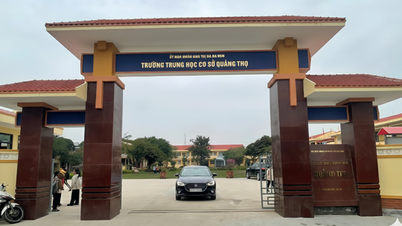

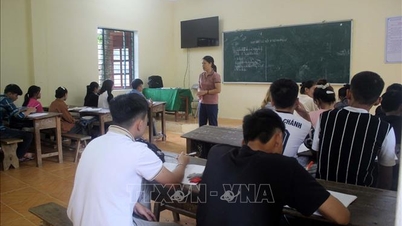

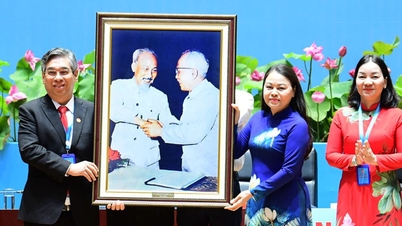

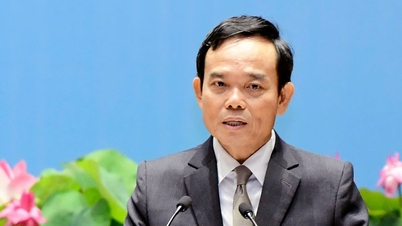
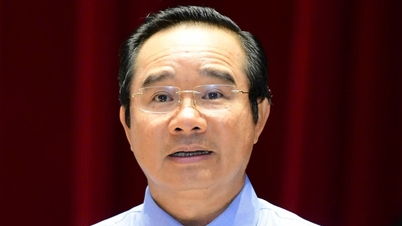
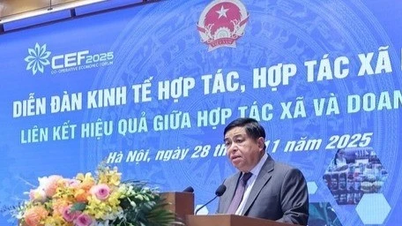

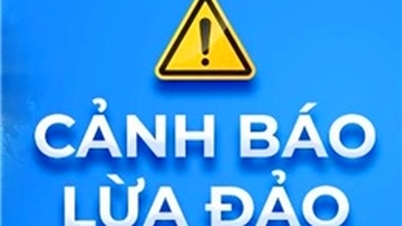
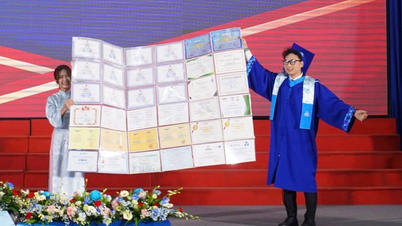


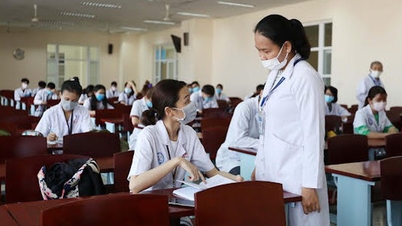
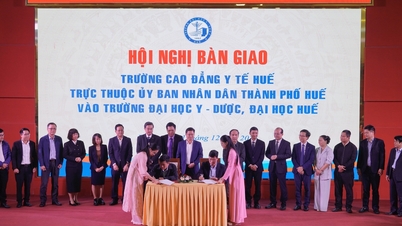
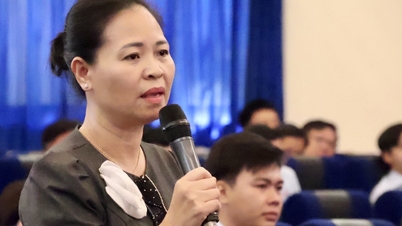





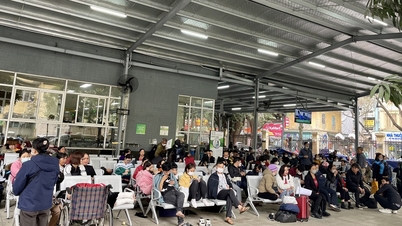
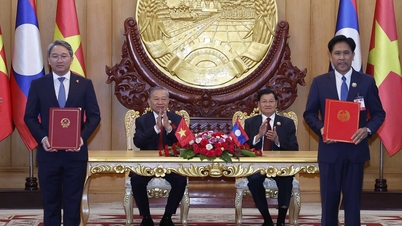

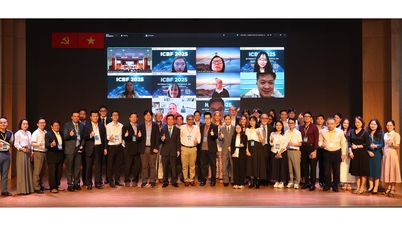












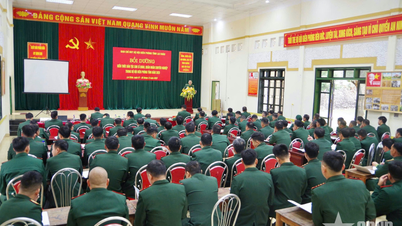

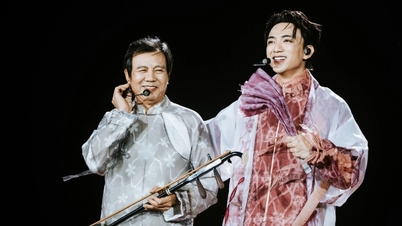

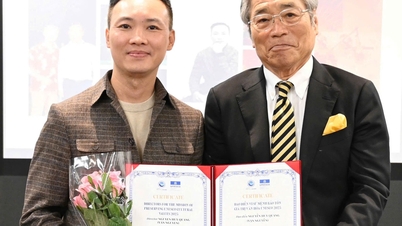

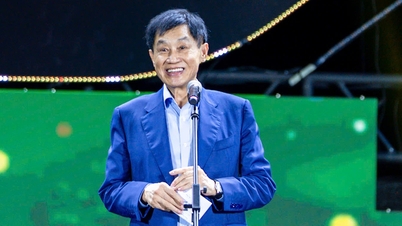
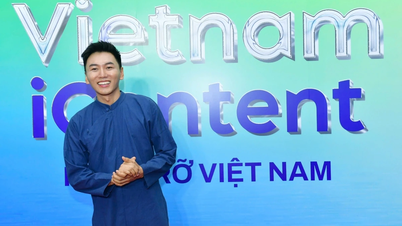

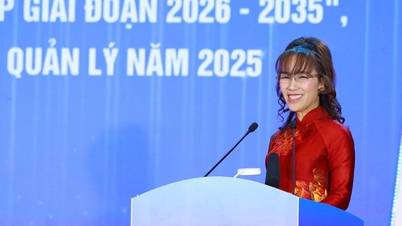


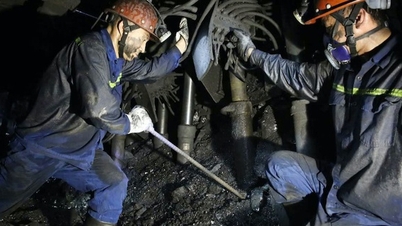


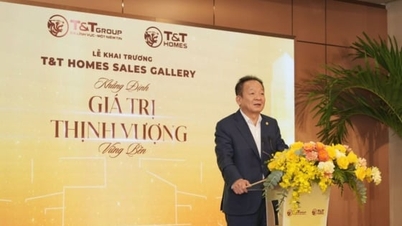










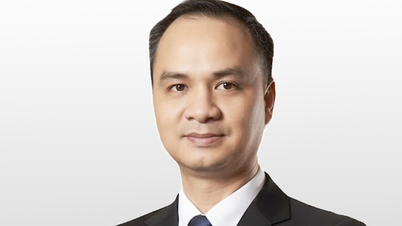
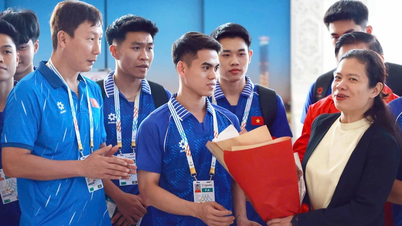

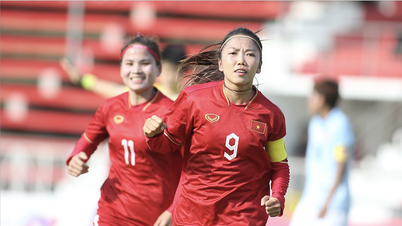


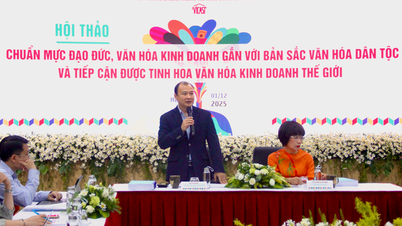
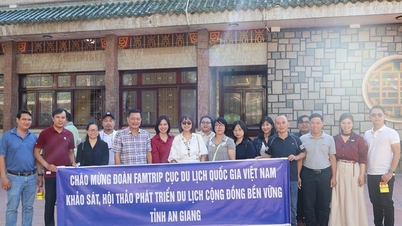
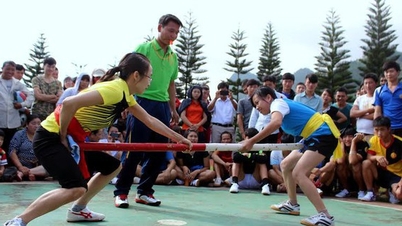
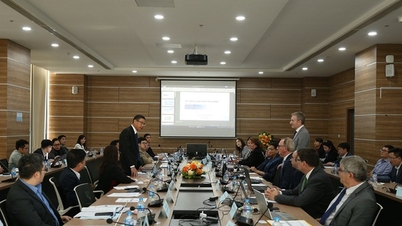

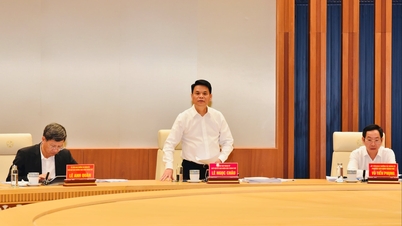

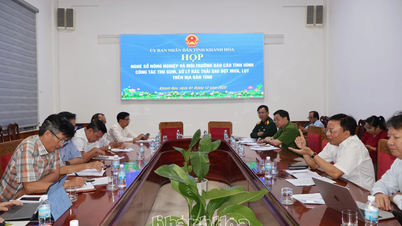





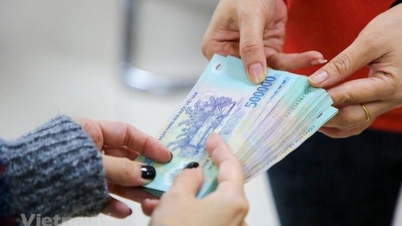













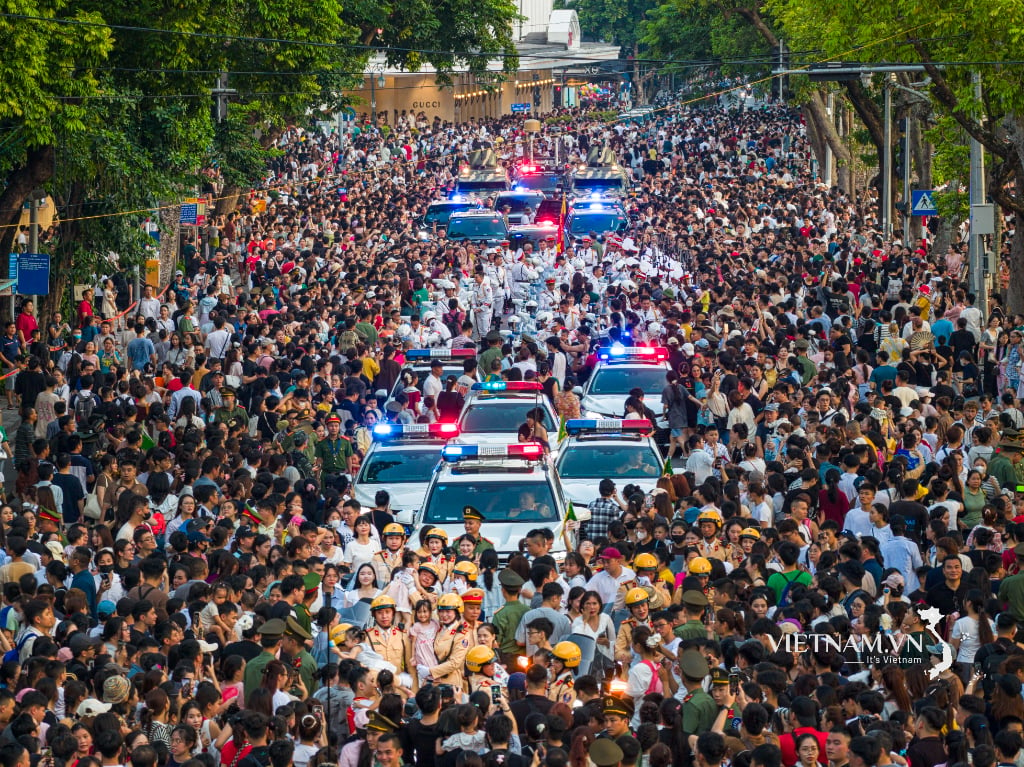
Comment (0)